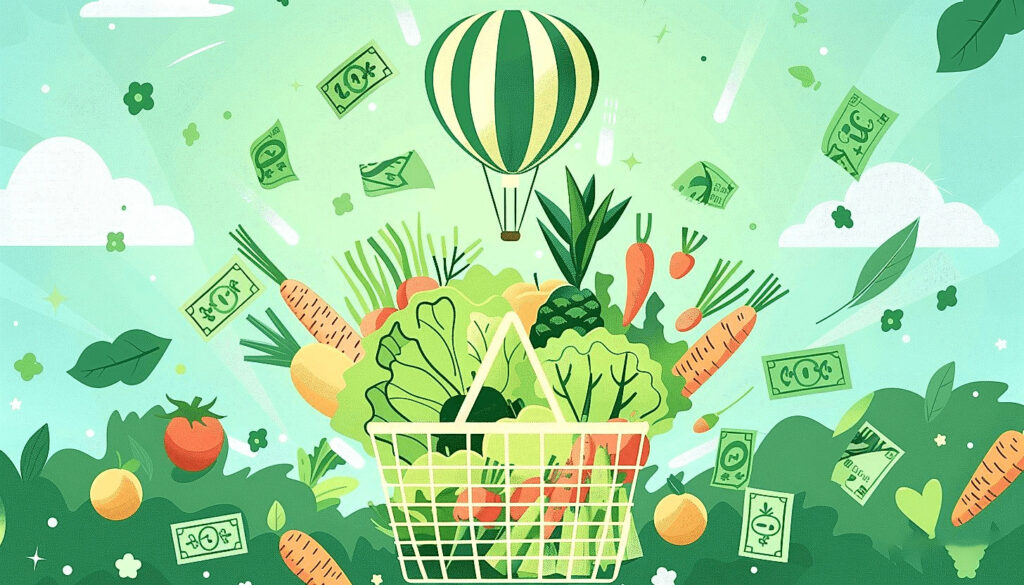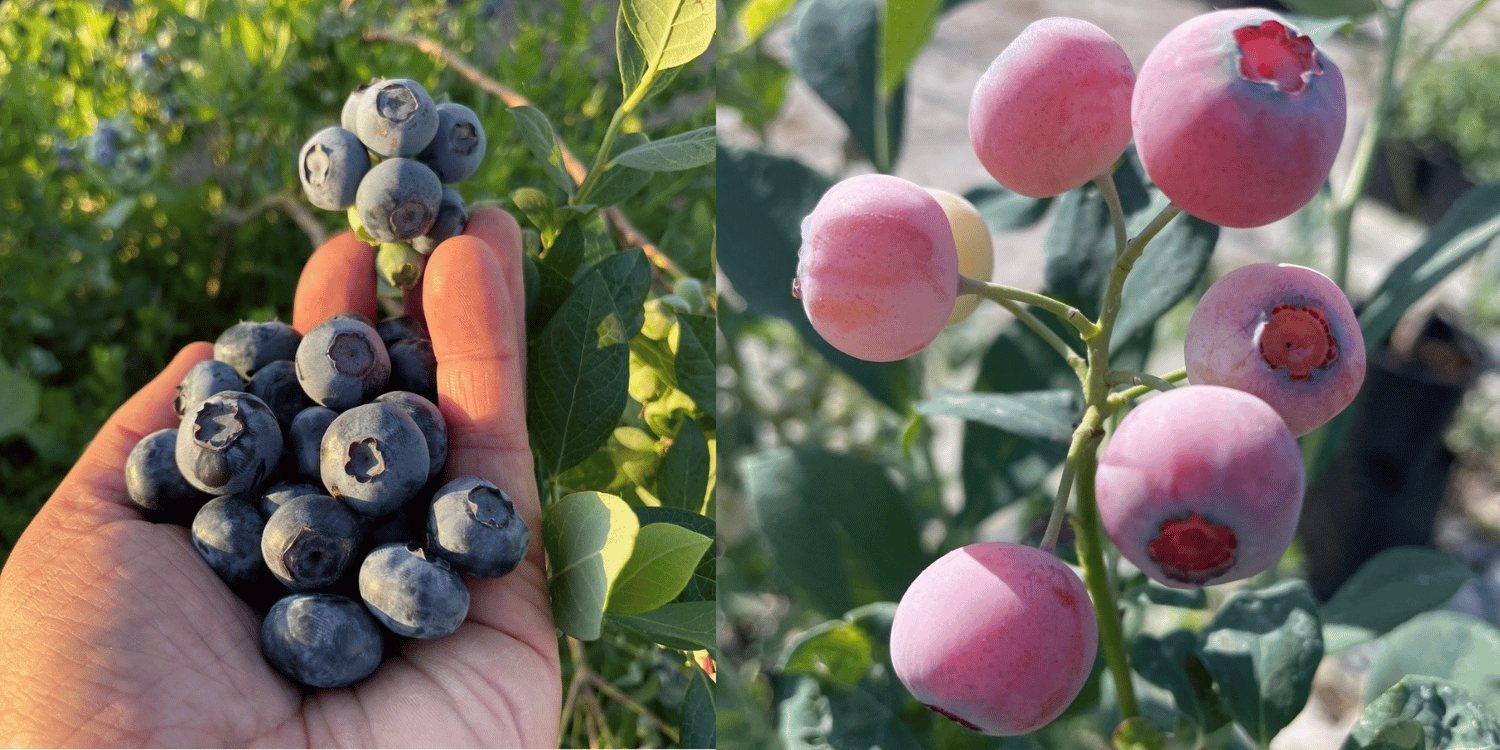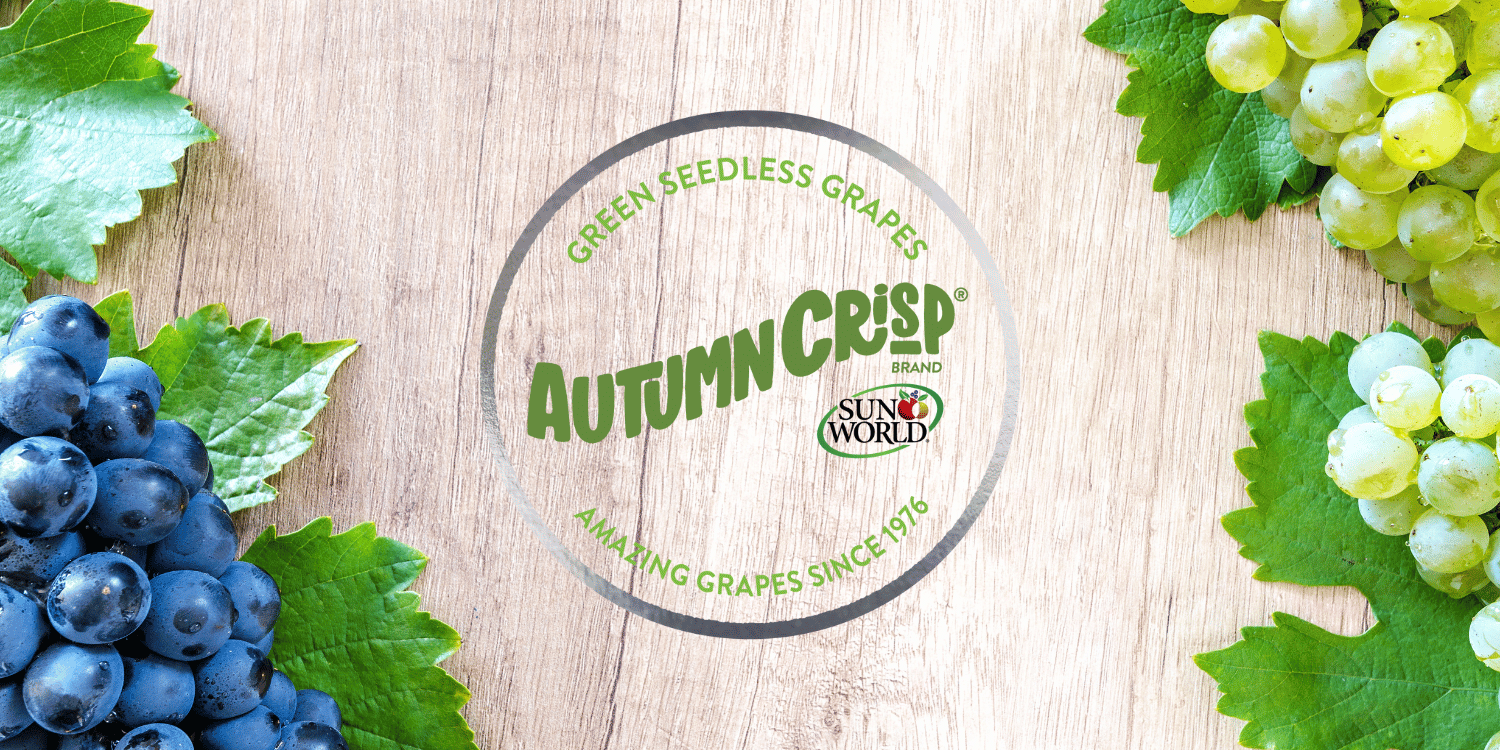Inflation, a common economic phenomenon, has wide-ranging implications.
For many, its effects may seem ambiguous and distant.
However, one area where its impacts are felt directly is within the realm of fresh produce.
From the farmers who grow these essential goods to the consumers who buy them, inflation marks its territory.
Unfortunately, its impacts are seldom favorable.
Through this blog, we aim to explore the repercussions of inflation on fresh produce prices.
- Inflation results in higher costs for agricultural inputs.
- Transportation and shipping expenses also increase due to inflation.
- Raised fresh produce prices may lead to less purchasing power for consumers.
- Demand for fresh produce may decrease with inflation.
- Exploring e-commerce platforms can enhance success in selling fresh produce.
While the effects of inflation on fresh produce prices are significant, there’s certainly more to explore.
In the next sections, we’ll be discussing strategies that producers and consumers can adapt in light of these changes. How farmers can mitigate some of the adverse effects of inflation, for instance, or how consumer behaviors might alter in response to rising fresh produce costs.
The goal is to provide you with a 360-degree understanding of this complex issue, shedding light on every corner of it. Let me tell you, stick around, as we navigate this topic further.
Contents
Effects Of Inflation On Fresh Produce Prices
1. Higher Costs for Agricultural Inputs
In Short: Inflation affects fresh produce prices, largely due to rising costs of agricultural inputs like fertilizers, seeds, and pesticides. Key factors contributing to increased input costs include high energy prices, global demand, labor costs, and certain government policies, often resulting in higher final selling prices for produce.
A significant aspect of the inflationary effect on fresh produce prices revolves around the escalating costs of agricultural inputs.
This inflationary pressure is often sparked off by an increase in prices of raw materials that are crucial for farming such as fertilizers, seeds, and pesticides.
For instance, if there is a worldwide increase in oil prices, this change is likely to manifest itself in higher costs of fertilizers due to increased production cost.
Similarly, an unexpected rise in the prices of pesticide ingredients may have a corresponding impact on the sales prices of the same.
With these inputs being essential for the farmers to harvest fresh produce, it is almost inevitable that an increase in their costs would be put upon the final selling price of the produce.
A hike in agricultural input prices can be detrimentally impactful, particularly for small-holder farmers who lack the financial resilience to absorb these increased costs.
The below points highlight some key contributors to an increase in agricultural input costs:
- High energy prices: Sharp fuel price increases can lead to expensive transportation of inputs to farms.
- Increased demand for inputs: Higher global demand for inputs such as fertilizers can drive up their prices.
- Rise in labor costs: Farmworkers demanding higher wages can be a significant factor as well.
Therefore, the farmers, subjected to increased costs for agricultural inputs, make attempts to adjust their selling prices for fresh produce.
It is their effort to safeguard their profit margins and continue the sustainable operation of their farming endeavors.
The most detrimental effect of this is often faced by the end consumer, as the burden of these increased costs is often passed down the supply chain.
Another aspect to consider is the fact that many government policies and subsidies aimed at helping farmers cope with price inflation often end up exacerbating the situation rather than correcting it.
For instance, certain subsidies persuade farmers to produce only certain kinds of crops, thereby causing an artificial scarcity of alternative crops and consequently driving up their prices.
Pro Tip: To mitigate the adverse effects of inflation on the cost of fresh produce, understand the interplay of factors like escalating costs of agricultural inputs, increased demand, and government policies, and develop effective strategies accordingly.
Efforts to comprehend the impacts of inflation on fresh produce prices ought to reckon with the complex interplay of these various factors.
It is this multifaceted nature of agricultural economics that makes the topic a challenging one to explore.And yet, gaining an understanding of these dynamics is integral to devising effective policies and strategies to mitigate the adverse effects of inflation on the cost of fresh produce.
2. Increased Transportation and Shipping Expenses
In Short: Inflation, characterized by a universal rise in the value of goods and services, increases transportation and shipping costs essential to the fresh produce supply chain. Higher costs of fuel, labor, maintenance, servicing, and insurance due to inflation contribute to increased fresh produce prices, affecting the consumer significantly.
As we talk more about the effects of inflation on fresh produce prices, one major contributing factor to consider is the increased transportation and shipping expenses. Transportation and shipping are key aspects of any supply chain, particularly those of perishable products like fresh produce. An increase in these costs, attributed to inflation, is directly transferred to the consumer in the form of escalated food prices.
Inflation, simply put, is a widespread and consistent increase in the value of goods and services in an economy. It negatively impacts transportation and shipping in a myriad of ways. For instance, fuel prices tend to rise during inflationary periods. Fuel being the primary resource for transportation, its cost escalation followingly increases the cost of shipping.
Additionally, inflation leads to increased labor expenses, which serve as another integral part of transportation and shipping costs, especially in the agricultural industry. Workers’ salary requirements take an upward trajectory during inflation as they strive to meet their increasing cost of living. The ripple effects are felt by the consumer, manifesting as higher fresh produce prices in the market.
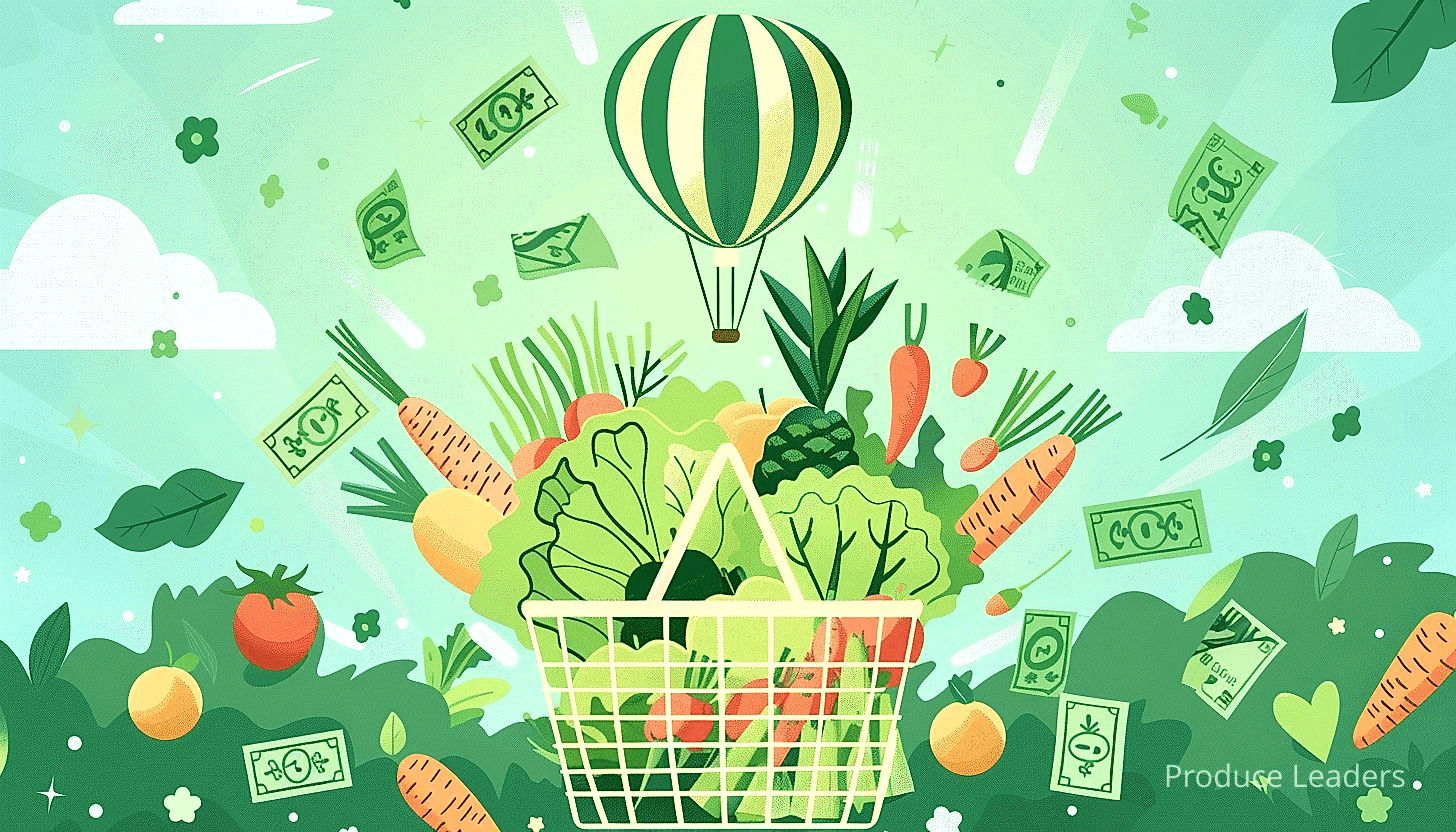
Maintenance and service costs for vehicles and shipping equipment also spike during inflation. Pricing for parts, service fees, and other related items go up, again contributing to the rising operational costs. In the end, these costs trickle down to the final pricing of the fresh produce, followingly increasing the end-consumer prices.
We’ll now look at key aspects that become expensive during inflation, contributing to increased transportation and shipping costs:
- Fuel: The cost of petrol and diesel escalates, increasing the cost of transportation.
- Labour: Workforce demands higher wages due to the increased cost of living, thereby affecting the overall transportation costs.
- Maintenance and Servicing: With parts and services becoming more costly, maintaining transportation and shipping equipment becomes more strenuous.
Besides, inflation leads to increased costs for services such as insurance, which are fundamental for transporting fresh produce. During inflation, carriers face escalated insurance premiums, which they ultimately offload onto the consumers in the form of higher prices for fresh produce.
Furthermore, consider the aspect of fluctuating exchange rates, especially for countries that rely on imported fresh produce. Inflation often results in the weakening of the local currency against foreign currencies. This makes the importation process exorbitantly expensive, leading to increased shipping costs and, consequently, pricier fresh produce.
There’s also an increased cost associated with the containment and storage of fresh produce. Packaging costs – the crates, boxes, containers, and wrapping material – all see a surge in their prices during inflation. These increased costs, albeit indirectly, contribute to higher transportation costs and, in turn, increased prices for fresh produce.
Important: An increase in transportation and shipping costs, attributed to factors such as rising fuel prices, increased labor expenses, and higher maintenance costs due to inflation, directly contributes to escalating food prices, particularly in the sector of fresh produce.
Lastly, inflation has the potential to shorten the supply of fresh produce by making it cost-ineffective for some farmers to transport their products to the market. This reduced supply, combined with an unchanged demand, often results in even higher market prices for fresh produce.
It is fundamental to understand that though the relationship between inflation and fresh produce prices may not be straightforward, it’s undeniably present. Inflation affects every stage of the supply chain and eventually materializes as increased fresh produce prices, with escalated transportation and shipping costs being a significant contributing factor.
3. Greater Prices for Consumers
In Short: Inflation impacting the agricultural industry leads to increased prices for essential fresh produce, affecting consumer expenditure and potentially decreasing demand. This economic pressure can cause a ripple effect on the industry, modifying everything from cultivation to marketing strategies, while also impacting consumers’ nutritional health.
When inflation comes into play affecting the agricultural industry, it invariably translates into greater prices for consumers too.
The first factor to consider is the cost of agricultural inputs and how it contributes to inflation within the fresh produce market.
Agricultural inputs such as fertilizers, pesticides, and water have been seeing an increase in their prices over the past several years.
Inflation in these sectors directly affects the cost of growing any kind of fresh produce.
Simultaneously, farms are also not immune to inflation in other operational costs.
Rising expenses related to machinery, fuel, and labor can all add to the end price of fresh produce, making them more costly for consumers.
For consumers, this increase in costs can be felt directly in their wallets.
Fresh fruits and vegetables, which are essential for a balanced and healthy diet, become more expensive to purchase, often leading to a reduced purchasing power.
When consumers find their purchasing power decreasing, they may begin to cut back on buying fresh produce.
This, in turn, can lead to potential health-related consequences due to consuming less nutrient-rich foods, and more processed, cheaper alternatives.
The following are some key impacts inflation can have on fresh produce prices for consumers:
- Increased Grocery Bills: As the prices of produce rise, so does the overall money spent on groceries.
- Reduced Consumption: High prices may discourage consumers from purchasing fresh produce, leading to reduced consumption.
- Nutritional Deficiencies: Lack of fresh produce in the diet due to high prices can result in nutritional deficiencies.
These scenarios reflect how inflation can result in a possible decrease in demand for fresh produce as consumers begin to rationalize their spending in response to the higher prices.
This, in turn, can create a ripple effect across the entire fresh produce industry, impacting everything from cultivation to distribution and marketing strategies.
The intensity and impact of these inflationary pressures may vary depending on factors such as geographical region, household income levels, as well as the specific type of produce in question.
In essence, inflation has direct and indirect repercussions on fresh produce prices, thereby affecting consumers’ behavior and health in a multitude of ways.
4. Reduced Purchasing Power
In Short: Inflation reduces purchasing power by making essential items like fresh produce more expensive and altering consumption patterns. This not only impacts consumers’ eating habits but also threatens the sustainability of the agricultural industry and could contribute to further inflation.
As we continue to dig in into the effects of inflation on fresh produce prices, we arrive at the issue of reduced purchasing power.
This phenomenon originates from the higher costs of inputs for agricultural production that we previously discussed.
It is important to understand that when the prices of goods increase due to inflation, the consumer’s ability to purchase these goods diminishes.
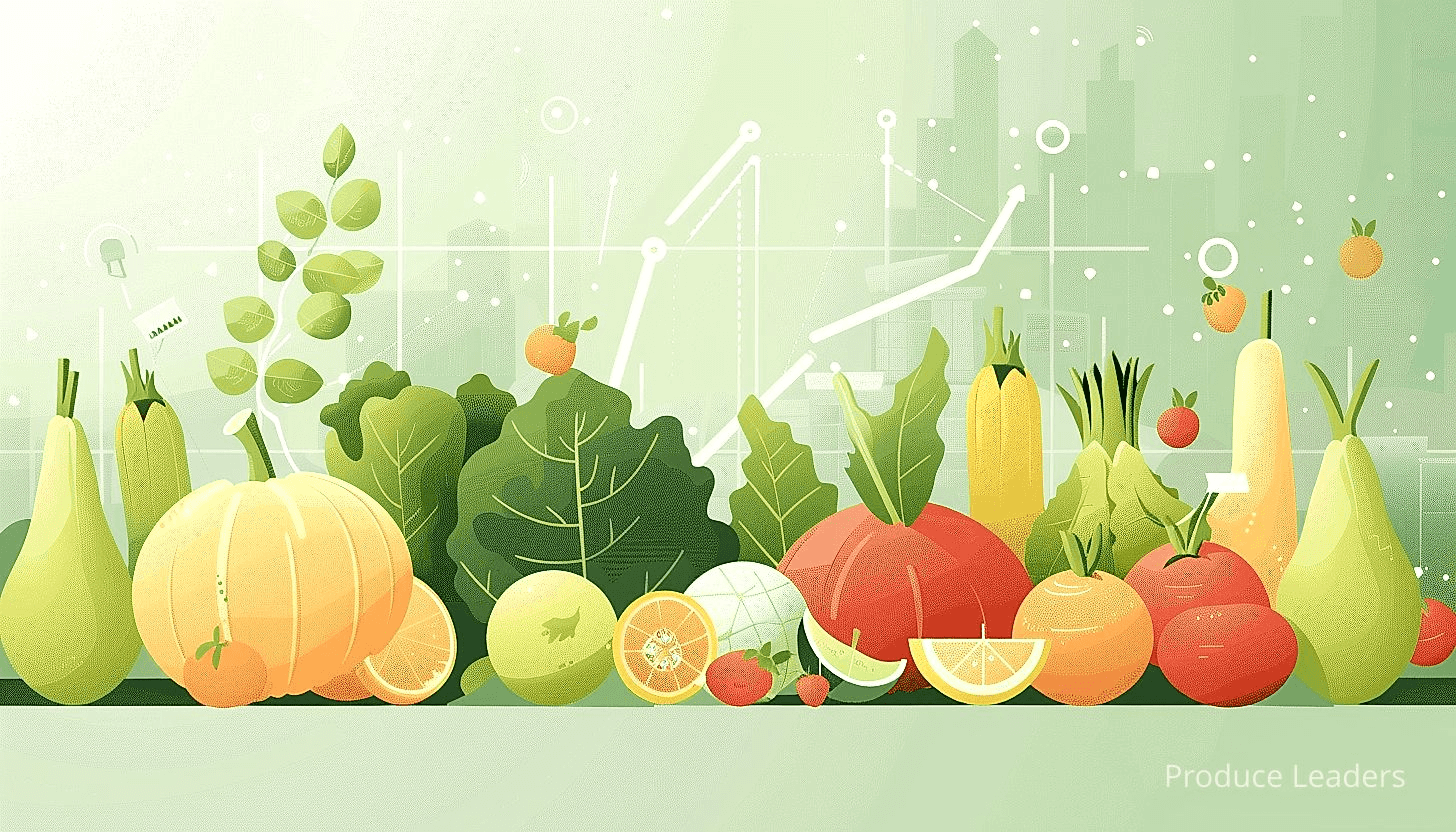
Reduced purchasing power essentially implies that a buyer’s income has less value and therefore, the consumer can buy fewer goods with the same amount of money.
This situation adversely impacts the overall consumer behavior, especially towards classifying fresh produce as a ‘luxury’ item due to its increased cost.
Consequently, this shift in perception affects the consumption patterns of these essential commodities, leading to altered dietary habits.
A few key examples will be enumerated below to facilitate a better understanding of the impact of reduced purchasing power on fresh produce consumption.
- Due to the higher cost, a family that previously consumed fresh fruits daily might limit their consumption to every alternate day.
- Alternatively, consumers might end up substituting fresh produce with cheaper, processed food items.
- Another example could be that of a restaurant that may either increase the prices of its dishes or reduce the portion sizes to cope with the higher costs of fresh produce.
These changes consequently affect the market dynamics of fresh produce in the longer run, posing potential threats to the sustainability of the agricultural industry.
Furthermore, a decrease in demand might lead to an unwanted accumulation of stock for vendors, leading to wastage of fresh produce.
This wastage of goods will not only bear heavy losses for the vendors, but also contribute towards a raised inflation rate.
Moreover, in case of lesser demand for fresh produce, farmers might feel discouraged and may switch to other cash crops to secure their livelihood.
This could potentially impact the availability of fresh produce in the market, further complicating the situation.
Pro Tip: Be mindful of the ripple effect caused by inflation – as it leads to higher fresh produce prices, it diminishes consumers’ purchasing power, potentially alters dietary habits, and impacts overall market dynamics.
Finally, it is essential to realize that the reduced purchasing power is not a standalone issue.
It is a ripple effect caused by the rising costs of agricultural inputs and transportation, leading to increased fresh produce prices and stretching to impact the larger economy and food security of the nation.
5. Possible decrease in demand
In Short: Inflation could decrease the demand for fresh produce as higher prices push consumers towards cheaper, less healthy options. This trend, dictated by factors such as income and consumer habits, could have broad implications, impacting the agricultural sector’s sustainability and consumer health.
The shifting landscape of the economy, and specifically the inflation, may engender a possible decrease in demand for fresh produce.
This downward shift in demand may stem from the unattractive higher prices arising from inflationary pressures that affect raw materials, processing, and shipping costs.
There is a basic law in economics, known as the Law of Demand, which states that, all else being equal, the quantity of a product demanded falls as the price increases, and vice versa.
In the context of fresh produce, as prices soar due to inflation, consumers might opt for cheaper, albeit less healthy, food options.
Such a trend could lead to a decrease in the consumption of fresh produce and an increase in the consumption of processed or fast foods.
But ultimately, the degree of change in demand for this group of products is tethered to how sensitive consumers are to changes in the price of fresh produce – a concept known as price elasticity of demand.
Let’s dig in into some factors that may influence the decrease in demand due to inflation:
- Income of the consumer: If a consumer’s income fails to keep up with inflation, they may be forced to cut back on certain purchases, fresh produce being one of them.
- Substitution effect: As the price of fresh produce increases, consumers may switch to less expensive replacements, causing the demand for fresh produce to decrease.
- Decreased real income: Inflation can lower the purchasing power of consumers. They may adjust by reducing their consumption of particular goods or services.
While these are general factors, it’s importantly important to note that the consumption habits of people also play a important role in determining the fall in demand.
A consumer prioritizing health over price, for example, may choose to continue purchasing fresh produce despite high prices.
Conversely, others may prefer sacrificing health for cost efficiency, markedly more so in stressful economic conditions, and choose to buy non-perishable, processed foods that are generally more affordable and lasts longer.
Additionally, seasonal fluctuations might impact the demand for particular fresh produce items.
A decrease in demand can provoke a ripple effect, leading to potential sustainability issues for farmers and other stakeholders in the fresh produce supply chain, thus exacerbating the effects of inflation.
Important: Inflation may cause a decrease in demand for fresh produce due to unattractive higher prices, as consumers might switch to less healthy and cheaper alternatives, potentially leading to significant sustainability issues in the fresh produce supply chain.
These effects could range from reduced income for farmers, potential layoffs in the agricultural sector, and even waste if farmers find themselves with excess produce they can’t sell due to reduced demand.
Factors like these highlight the complex, interconnected nature of our economic system and the challenging ripple effects inflation may have on demand for fresh produce, the health of consumers, and the viability of the agricultural sector.
The Bottom Line
The impact of inflation on fresh produce prices cannot be overlooked. It creates a ripple effect that extends from the producer to the consumer, instigating a potential cycle of reduced production and consumption. The resilience of agricultural activities is tested, alongside the purchasing power of the consumer. In short, inflation charts a challenging course for both producer and consumer ends of the fresh produce market. In the end, the ability to absorb these blows and maintain a balance in the market is key to mitigating the effects of inflation on fresh produce prices.

